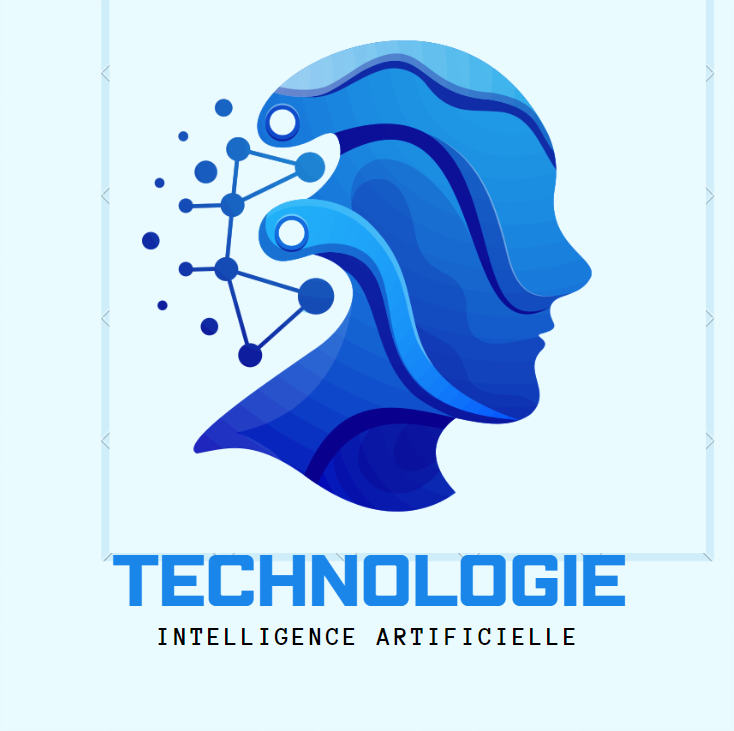limited memory ai
Limited Memory AI refers to artificial intelligence systems that do not have access to unlimited amounts of historical data, but instead, rely on a limited amount of memory to make decisions. Unlike traditional AI models, which may have access to vast amounts of data, limited memory AI systems mimic human-like decision-making processes by focusing on recent and relevant information.
These systems are designed to prioritize and retain only the most important data points, enabling them to make faster, more efficient, and often more accurate decisions.
How does it work?
Limited memory AI works by prioritizing and retaining only the most relevant and recent information for decision-making. Here's how it typically works:
- Data Collection: The AI system collects and processes data from various sources, such as sensors, databases, or input from users.
- Feature Extraction: Relevant features or characteristics are extracted from the collected data. These features could include recent events, patterns, or trends.
- Memory Storage: The AI system stores a limited amount of this relevant information in its memory. This memory is finite and can only retain a subset of the collected data.
- Decision Making: When presented with a new task or decision, the AI system uses the information stored in its limited memory to make a decision. It prioritizes recent and relevant information over older data.
- Adaptation:As new data becomes available, the AI system updates its memory by replacing older information with more recent and relevant data.
By focusing on recent and relevant information within its limited memory capacity, the AI system can make efficient and effective decisions in real-time, similar to human decision-making processes.
What is the importance of limited memory ai in the development of artificial intelligence machines?
Limited memory AI is crucial for the development of artificial intelligence machines for several reasons:
- Efficiency: Limited memory AI systems prioritize relevant data, enabling them to operate more efficiently by focusing on the most important information.
- Real-time Decision Making: By focusing on recent and relevant data, limited memory AI systems can make faster decisions, making them suitable for real-time applications where quick responses are necessary.
- Scalability: Limited memory AI systems are more scalable as they do not require large amounts of memory or processing power, making them suitable for deployment in resource-constrained environments such as edge computing devices.
- Human-like Decision Making: Mimicking the human brain's ability to focus on recent and relevant information, limited memory AI systems can make decisions that are more similar to human decision-making processes.
Overall, limited memory AI plays a crucial role in the development of artificial intelligence machines by enabling more efficient, scalable, and human-like decision-making capabilities.
What is the principal categorizing element of limited memory ai?
The principal categorizing element of limited memory AI is its ability to prioritize and retain only the most relevant and recent information for decision-making. Unlike traditional AI systems, which may have access to vast amounts of historical data, limited memory AI systems focus on the most important data points within a limited memory capacity. This prioritization of relevant information enables more efficient and effective decision-making processes.
What are some examples of present day ai applications that use limited memory ai?
Several present-day AI applications use limited memory AI techniques for efficient decision-making. Here are some examples:
- Autonomous Vehicles: Self-driving cars use limited memory AI to make real-time decisions based on recent and relevant information from sensors, cameras, and other sources.
- Recommendation Systems:Platforms like Netflix and Amazon use limited memory AI to personalize recommendations based on users' recent interactions and preferences.
- Natural Language Processing (NLP) Applications: Chatbots and virtual assistants like Siri and Google Assistant use limited memory AI to understand and respond to user queries based on context and recent conversation history.
- Fraud Detection: Financial institutions use limited memory AI to detect fraudulent activities by analyzing recent transaction data and identifying suspicious patterns.
- Healthcare Diagnostics: AI systems in healthcare use limited memory AI to analyze recent patient data and make diagnostic and treatment recommendations.
- Smart Home Devices: Devices like smart thermostats and security cameras use limited memory AI to learn users' preferences and adapt to changing environmental conditions.
These examples demonstrate how limited memory AI is used in various applications to make efficient and effective real-time decisions based on recent and relevant information.
Conclusion: limited memory AI systems are designed to mimic human-like decision-making processes by prioritizing and retaining only the most relevant and recent information for decision-making. By focusing on a limited amount of data, these systems can make efficient and effective decisions in real-time, making them suitable for applications where quick responses are necessary, such as autonomous vehicles, recommendation systems, and natural language processing applications. Limited memory AI enables more efficient use of resources, scalability, and human-like decision-making capabilities, making it a crucial development in the field of artificial intelligence
التسميات
Artificial Intelligence

